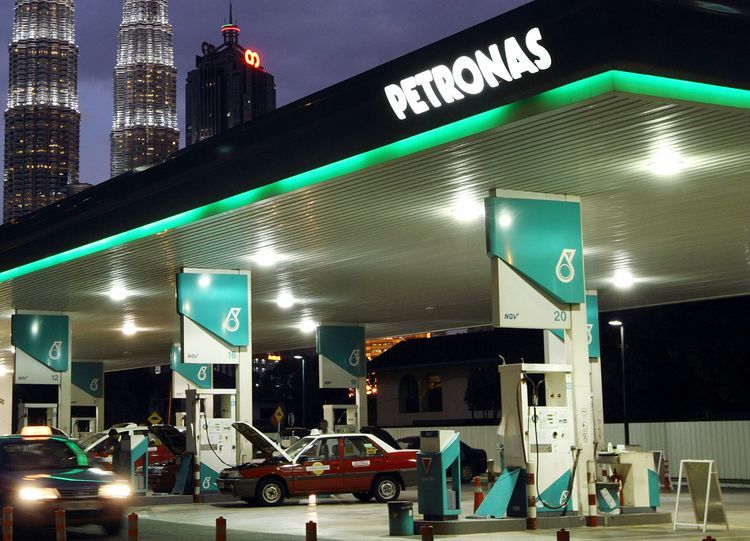
Malaysia offers some of the most material and attractive upstream investment opportunities in Southeast Asia due to supply shortages, according to Wood Mackenzie.
The multiple breakdowns in the Sabah-Sarawak gas pipeline and a delayed final investment decision (FID) on the large Kasawari gas project have resulted in short-term supply crunch to the Bintulu MLNG plant.
We see this supply shortage persisting though until at least 2025, when major new fields are likely to be brought onstream. These include Jerun, Timi, Rosmari, Marjoram and Kasawari.
“This is a golden opportunity for upstream players to swiftly bring gas onstream and jump ahead of the queue: either in the form of increasing existing production, or by developing smaller discoveries to tie into existing infrastructure. But speed is the key,” said upstream research director Angus Rodger at the AOGC conference in Kuala Lumpur.
The most prospective basins for new discoveries and undeveloped gas resources in Malaysia are in offshore Sarawak. In this region, Wood Mackenzie estimates there is already 17 trillion cubic feet (tcf) of discovered and undeveloped gas that is commercially viable.
However, as many of the easiest fields have already been commercialised, those that remain will be more difficult and costly to develop. For example, half of the 17 tcf requires investment in technology to process higher levels of carbon dioxide and/or other contaminants.
For explorers, this means that there are additional benefits in drilling for new sources of cleaner gas.
Any such discoveries stand a good chance of leap-frogging the queue of existing resources and getting fast-tracked for development.
Malaysia has proved itself to be the hottest spot for material exploration in Southeast Asia over the last decade. Between 2010 and 2018, Malaysia had the largest annual new reserves added through exploration in six of those years.
Of the 11.2 billion barrels of oil equivalent discovered in Southeast Asia through that period, around half was found in Malaysia, highlighting its enormous exploration potential.
“We expect Petronas to ramp up its own exploration efforts, particularly in deepwater Sarawak, to prove up easier-to-develop resources. It will also invest in new technology to develop some of the more challenging accumulations,” added Rodger.
“The national oil company (NOC) has already proven itself as a global technology leader through its deployment of the PFLNG1 vessel and development of the Rapid project. We expect this investment in innovation to continue, which sets Petronas apart from many of its NOC peer group,” commented Rodger.
